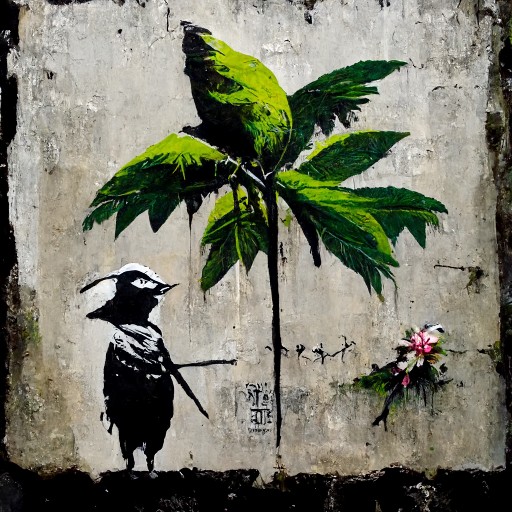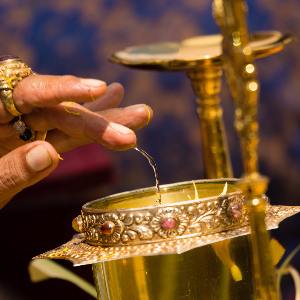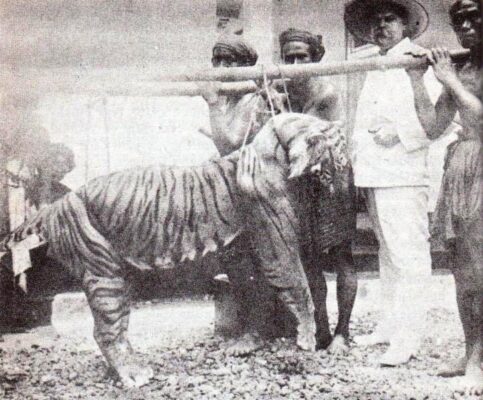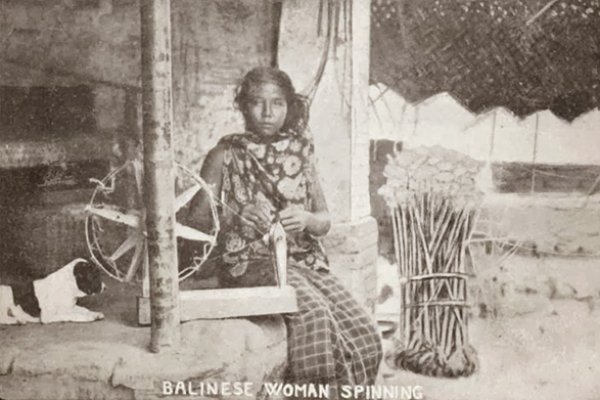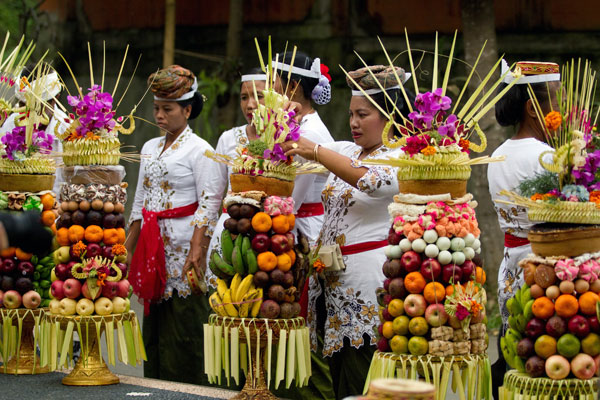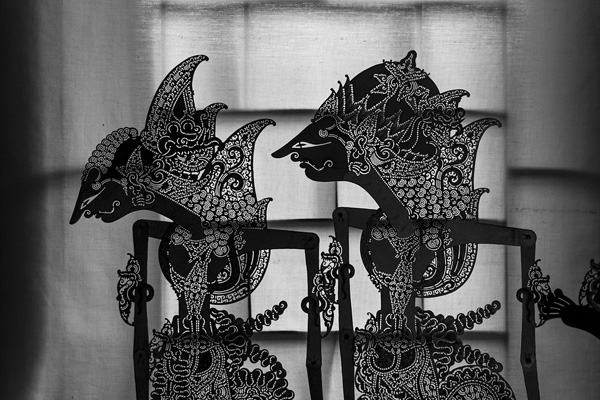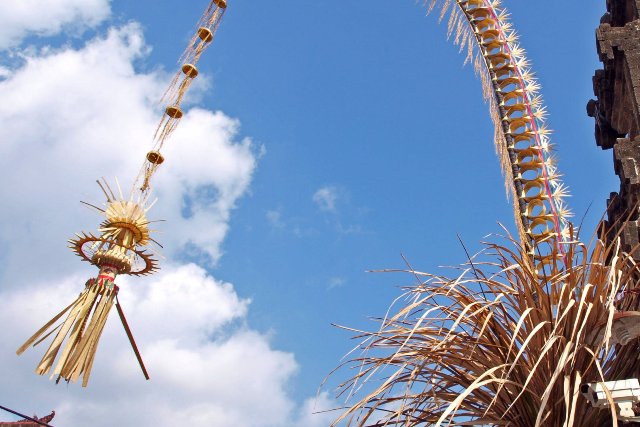Balinese kites, known as “layang-layang” in the local language, are traditional kites crafted and flown by the Balinese people. They come in various shapes and sizes, often featuring intricate designs and bright colors.
2. What is the cultural significance of Balinese kites? Answer: Flying kites in Bali holds deep cultural significance. Kite-flying is considered a religious activity, and it is believed to carry messages to the gods and spirits, asking for blessings and good fortune. It is also associated with celebrating various harvest festivals and ceremonies.
3. What is the main meaning behind flying Balinese kites? Answer: Flying kites in Bali symbolizes the spiritual connection between the earth and the heavens. The act of sending kites soaring into the sky is believed to appease the gods and bring harmony and prosperity to the land and its people.
4. When are Balinese kites flown? Answer: Balinese kites are flown during specific festive occasions and temple anniversaries, known as “odalan.” The Bali Kite Festival, held annually in July on the island’s eastern coast, is a major event showcasing the artistry and skill of kite-flying teams from different villages.
5. How are Balinese kites made? Answer: Balinese kites are traditionally made from bamboo frames, adorned with colorful paper or cloth. The designs vary from traditional to modern, depicting mythical creatures, deities, or local symbols. Skilled artisans craft these kites, passing down the artistry from one generation to another.
6. Why are Balinese kites special? Answer: Balinese kites hold a special place in the hearts of the Balinese people because of their deep-rooted cultural significance. The art of kite-making and flying is passed down through generations, preserving the island’s ancient traditions. Additionally, the communal aspect of kite-flying brings communities together, fostering a sense of unity and celebration.
7. How do Balinese kites bring communities together? Answer: The process of creating and flying kites involves collective effort, encouraging cooperation and teamwork within villages. Preparations for kite festivals and ceremonies become opportunities for bonding and socializing, strengthening the community’s spirit and sense of belonging.
